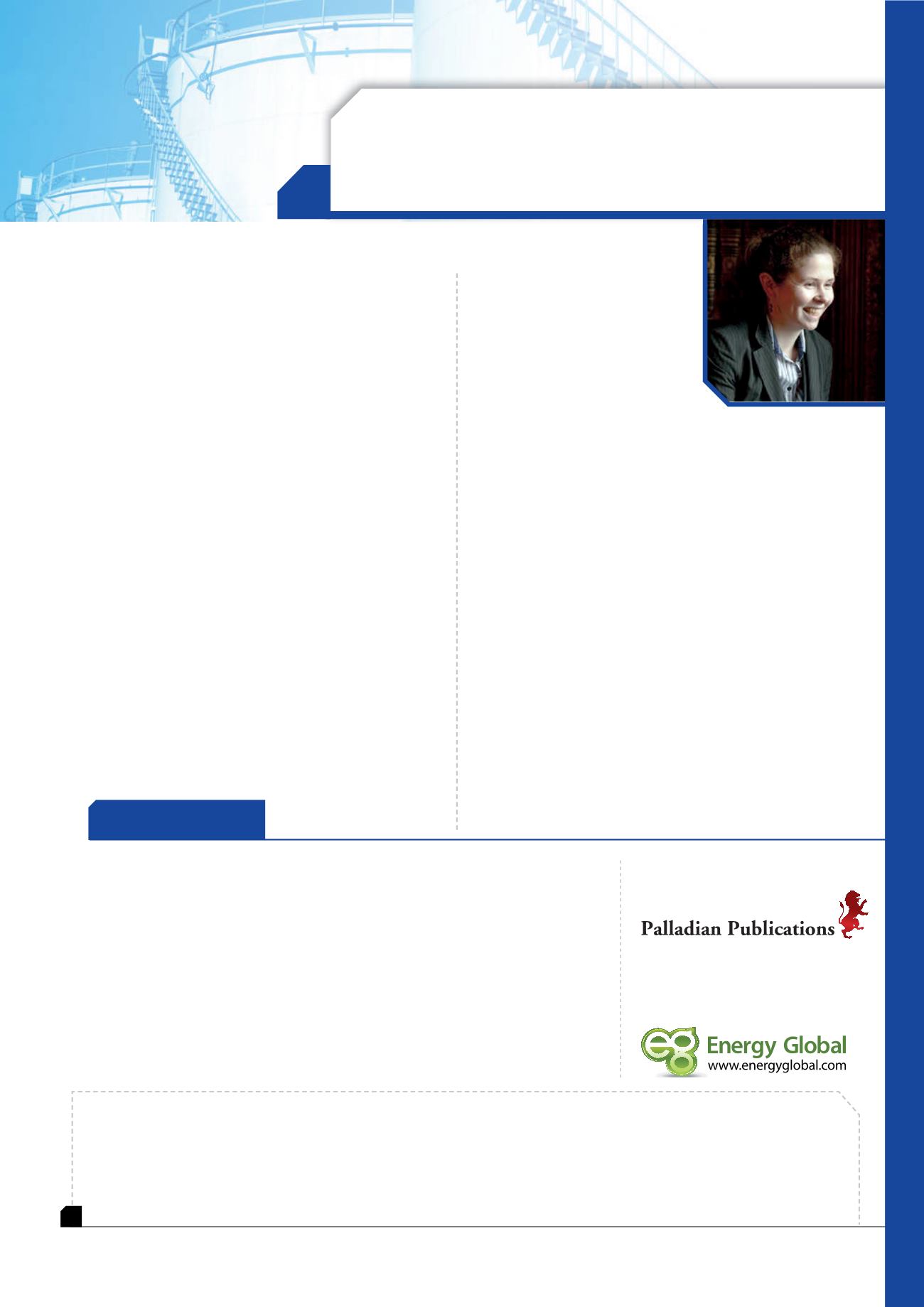
SUBSCRIPTION RATES
Annual subscription £110 UK including postage
/£125/
e
175 overseas (postage airmail)
/US$175 USA/Canada (postage airmail).
Two year discounted rate £176 UK
including postage/£200/
e
280
overseas (postage airmail)
/US$320 USA/Canada (postage airmail).
contact info
15 South Street Farnham Surrey
GU97QU ENGLAND
Tel: +44 (0) 1252 718 999
Fax: +44 (0) 1252 718 992
SUBSCRIPTION CLAIMS
Claims for non receipt of issues must be made within 3 months of publication of the issue or they will not be honoured
without charge.
APPLICABLE ONLY TO USA & CANADA
Hydrocarbon Engineering (ISSN No: 1468-9340, USPS No: 020-998) is published monthly by Palladian Publications Ltd
GBR and distributed in the USA by Asendia USA, 17B S Middlesex Ave, Monroe NJ 08831. Periodicals postage paid New
Brunswick, NJ and additional mailing offices. POSTMASTER: send address changes to HYDROCARBON ENGINEERING,
701C Ashland Ave, Folcroft PA 19032
MANAGING EDITOR
James Little
EDITOR
Claira Lloyd
EDITORIAL ASSISTANT
Rosalie Starling
ADVERTISEMENT DIRECTOR
Rod Hardy
ADVERTISEMENT MANAGER
Chris Atkin
ADVERTISEMENT EXECUTIVE
Will Powell
WEB MANAGER
Tom Fullerton
WEB EDITOR
Callum O’Reilly
CIRCULATION MANAGER
Victoria McConnell
SUBSCRIPTIONS
Laura Cowell
OFFICE ADMINISTRATOR
Jo Repton
CONTRIBUTING EDITORS
Nancy Yamaguchi Gordon Cope
PUBLISHER
Nigel Hardy
W
elcome to
Tanks & Terminals
2015, the very
first issue of a brand new exciting supplement
to
Hydrocarbon Engineering,
which focuses
exclusively on all aspects of the oil, gas and
petrochemical tanks and terminals sector. Over
the last few years, the oil and gas industry has seen its fair share
of action with the shale gale, LNG export permitting in the US,
plummeting oil prices and increasingly stringent environmental
regulations and, of course, all of these have impacted storage.
The abundance of shale oil and gas flowing in the US, and
being sought for elsewhere in the world, has meant that there has
been a big increase in demand for tank and terminal capacity. It
has also opened a variety of new business opportunities for those
involved in this portion of our industry and if shale continues to
grow globally, it doesn’t look like the storage sector is going to
waiver any time soon. LNG export terminal permitting is picking
up pace in the US and as this becomes an increasingly viable
option, movements in the LNG terminal construction sector are
incredibly stimulating for the storage industry. Also, the big leaps
and bounds being made in LNG regasification and liquiefaction
terminals in other global locations such as Australia are giving the
storage sector an additional boost.
When I think of wildly fluctuating oil prices, the
significant drops that have occurred in the last few months
alone spring to mind and one can’t help but feel that these
are positive for the storage sector. As oil is currently so
cheap per barrel, compared to the highs we saw last summer,
there are cases of barrels being snapped up for a rainy day,
and where is this rainy day stock kept? In tanks and terminals
around the globe! Singapore is a clear example of a location
where the supply of storage space cannot keep up with
demand, and with business booming in such an integral
global storage hub the future looks
bright. However, as I mentioned above,
environmental compliance, policies
and regulations are having a big impact
on the tanks and terminals industry.
Alas, this is something that cannot be
avoided, but it should bolster those
industries that are linked to the sector
as amendments, improvements and
adjustments are made.
So, the above was a brief whirlwind tour of the oil/gas/
petrochemicals tanks and terminals industry over the last few
months and years, but in the pages that follow we are giving
you a more in depth look at the thrilling new developments
that are currently being achieved and monitored. Ng Weng
Hoong provides a detailed profile of Asia’s storage sector to
kick off the issue and we take a look at the environmental side
of things with Trinity Consultants, which offers advice on how
to avoid air permitting pitfalls. Safety and security is a key issue
in any industry and tanks and terminals are no exception, so
UKPIA are providing a keynote article on safety regulations
for tankers that are exiting terminals. The usual topics of flow
metering, level gauging and automation are of course analysed
in this issue but we are particularly proud to have Melinda
Whitney, President of the ILTA, answering 15 questions for
us on page 80 where she talks about developments in the
terminals sector, the ILTA as a global association and a few
other odds and ends.
I do hope you enjoy reading this magazine as much as we
have enjoyed developing it and putting it together over the
past six months, and look forward to engaging with you further
at storage industry events around the world. We kick things
off at StocExpo with the magazine launch and then will be at
other key events such as ILTA, NISTM and Tank World Expo
later in the year.
Claira Lloyd
Editor
comment


